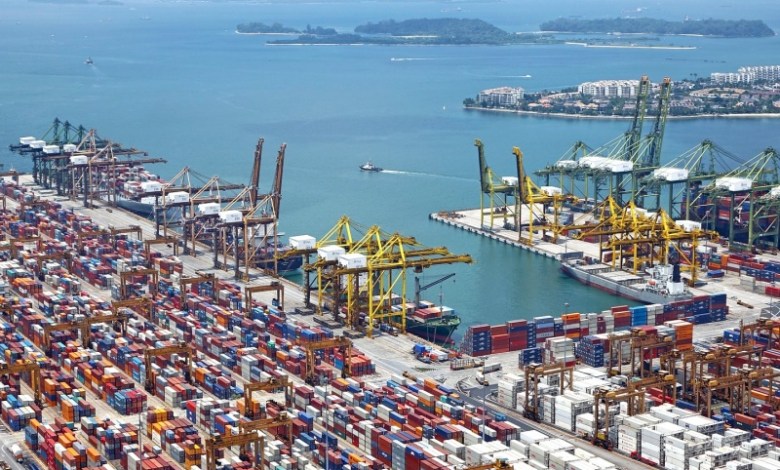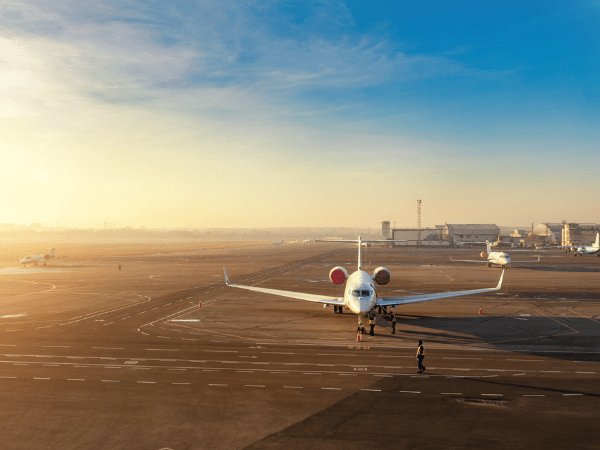Global trade between China and Australia has flourished, with thousands of containers, air parcels, and consolidated shipments moving every week. A dependable logistics service China to Australia ensures efficient delivery, lower shipping costs, and streamlined customs clearance for importers and exporters alike.
Why Businesses Choose Logistics Services from China to Australia
Many Australian companies rely on Chinese manufacturers for products ranging from electronics to furniture. Choosing the right logistics service determines your profit margins, delivery times, and customer satisfaction.
Although sea freight remains the most common, air freight and express shipping are growing rapidly. Moreover, logistics providers now integrate digital tracking, temperature monitoring, and customs coordination to reduce delays.
| Shipping Mode | Transit Time | Average Cost (40-ft container) | Ideal For |
|---|---|---|---|
| Sea Freight | 20–30 days | $2,000–$3,500 | Bulk goods |
| Air Freight | 4–8 days | $6,000–$9,000 | Urgent cargo |
| Express Courier | 3–5 days | $9–$15/kg | Small parcels |
How the China to Australia Logistics Chain Works
A typical shipment begins at a Chinese factory or supplier’s warehouse. The logistics provider arranges pick-up, export customs clearance, transport to port or airport, shipment, and final delivery in Australia.
Freight forwarders coordinate each step to maintain visibility and prevent disruptions. Additionally, advanced platforms now allow clients to monitor cargo in real time across the entire supply chain.
Key Logistics Hubs in China and Australia
| Country | Major Hubs |
|---|---|
| China | Shenzhen, Shanghai, Ningbo, Guangzhou, Qingdao |
| Australia | Sydney, Melbourne, Brisbane, Fremantle |
Customs Clearance Requirements for Smooth Import Operations
Every logistics service China to Australia involves strict customs compliance. Australian Border Force and Chinese Customs require detailed documentation to ensure smooth clearance.
| Required Document | Description | Purpose |
|---|---|---|
| Commercial Invoice | Declares goods’ value | Duty calculation |
| Packing List | Lists package contents | Verification |
| Bill of Lading | Shipping contract proof | Cargo ownership |
| Certificate of Origin | Verifies product source | Tariff eligibility |
| Import Declaration | Lodged with customs | Entry approval |
Additionally, delays often occur when paperwork is incomplete or mislabeled. Therefore, choosing a forwarder experienced in customs documentation is critical for avoiding demurrage fees.
Shipping Methods from China to Australia: Comparison
Selecting the right method depends on cost, delivery urgency, and product nature. Each mode offers distinct benefits and trade-offs.
| Method | Advantages | Disadvantages |
|---|---|---|
| Sea Freight | Low cost, suitable for bulk shipments | Longer transit, port congestion |
| Air Freight | Fast delivery, minimal handling | Expensive, limited capacity |
| Express | Door-to-door service, fast | Costly for heavy goods |
| Rail + Sea | Emerging hybrid option | Still limited availability |
Moreover, combining methods—like air-sea or rail-sea—can balance speed and affordability.
Real Case Studies: China to Australia Freight Success
Case 1 – Electronics Shipment from Shenzhen to Sydney
- Cargo: 12 tons of consumer electronics
- Mode: Air Freight
- Cost: $7,800
- Transit Time: 6 days
- Result: Met tight retail deadlines and avoided stockouts before holiday season.
Case 2 – Furniture from Ningbo to Melbourne
- Cargo: 1 x 40-ft container (wooden furniture)
- Mode: Sea Freight
- Cost: $2,600
- Transit Time: 24 days
- Result: Reduced total logistics cost by 35% compared to air.
Transit Time and Delivery Schedules
Transit duration depends on the route, customs processing, and shipping line schedules. However, most logistics companies provide multiple options.
| Origin | Destination | Mode | Average Transit Time |
|---|---|---|---|
| Shanghai | Sydney | Sea Freight | 20–25 days |
| Shenzhen | Melbourne | Sea Freight | 22–27 days |
| Guangzhou | Brisbane | Air Freight | 5–7 days |
| Ningbo | Perth | Sea Freight | 25–30 days |
Additionally, direct sailings are faster than transshipment routes. Air freight routes from major Chinese cities to Sydney or Melbourne operate daily.

Factors Influencing Shipping Costs
Several variables determine total logistics expenses for China–Australia routes:
- Cargo Type and Weight – Heavy items increase fuel costs.
- Shipping Method – Air is fastest but costliest.
- Seasonal Demand – Peak holiday periods cause rate surges.
- Port Fees and Customs Duties – Vary by cargo type.
- Insurance and Warehousing – Protect against loss and damage.
| Cost Element | Typical Range (USD) |
|---|---|
| Sea Freight 40-ft | $2,000–$3,500 |
| Air Freight (per kg) | $6–$10 |
| Customs Clearance | $100–$250 |
| Insurance | $50–$150 |
| Warehousing | $0.5–$1 per kg/day |
Moreover, consolidating shipments and booking early often reduce costs significantly.
Advantages and Challenges of Logistics from China to Australia
Advantages
- Balanced speed and cost efficiency
- Reliable tracking systems
- Strong port infrastructure
- Various freight options
- Professional customs assistance
Challenges
- Seasonal delays at major ports
- Regulatory differences between regions
- Currency fluctuations impacting freight cost
Although challenges exist, advanced logistics technology and expert freight forwarders make cross-border trade smoother than ever.
Conclusion
The logistics service China to Australia network stands as one of the strongest trade routes in the Asia-Pacific region. With the right freight partner, businesses can enjoy reliable delivery, transparent pricing, and full supply chain visibility. By understanding documentation, selecting the best mode, and planning ahead, importers and exporters can achieve cost efficiency, faster lead times, and seamless cross-border movement.
- Consult TJ China Freight Forwarding for the lowest quote. They will provide you with reliable, cost-effective service.
FAQ:
Q1.What is the average delivery time for sea freight from China to Australia?
It usually takes 20–30 days, depending on the port of departure, customs processing, and ocean carrier schedules.
Q2.How much does shipping a 40-foot container from China to Australia cost?
Average prices range between $2,000 and $3,500, depending on route, fuel surcharge, and seasonal demand fluctuations.
Q3.Can I ship small parcels from China to Australia by express courier?
Yes, express logistics service provides door-to-door delivery within 3–5 days, ideal for e-commerce and lightweight products.
Q4.Which Chinese ports are most used for exports to Australia?
Shanghai, Shenzhen, Ningbo, and Guangzhou are the main ports due to high capacity, frequent sailings, and efficient customs systems.
Q5.Are there eco-friendly logistics options between China and Australia?
Several providers now offer carbon-offset shipping and optimized route planning to minimize environmental impact and fuel consumption.




